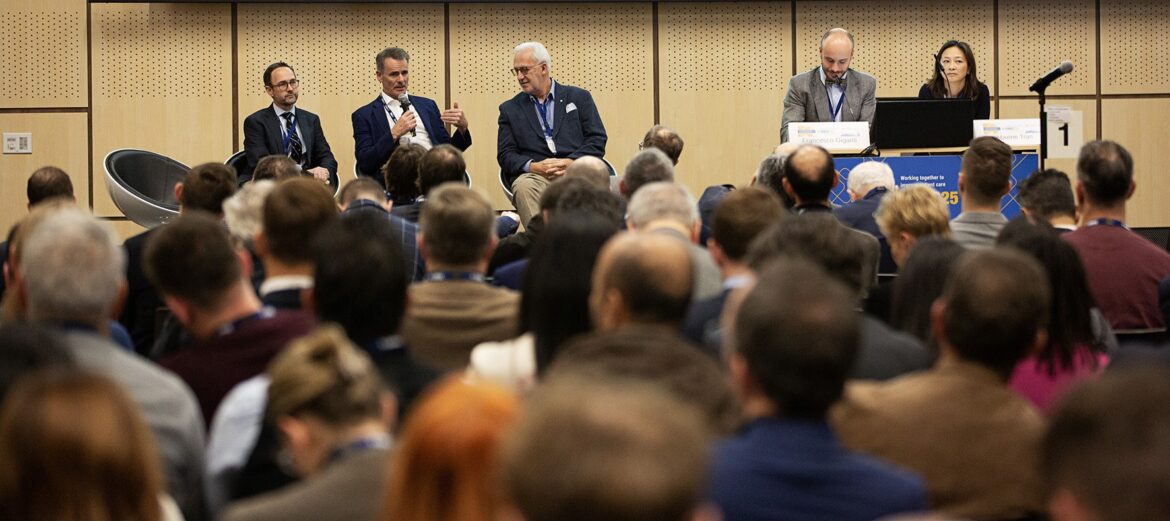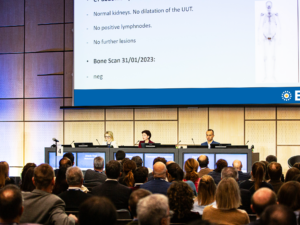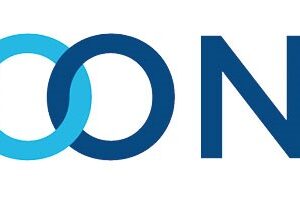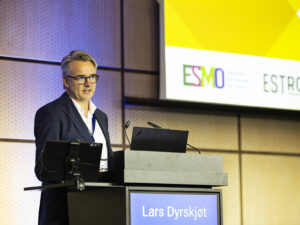During the second session by the EAU Section on Urological Imaging on Day 1 at EMUC25 in Prague, presenters shared updates in screening for renal, bladder, and prostate cancer (beyond Europe), as well as an ‘out of the box’ topic “Whole body MRI screening tool for healthy people, is this a tool for the future?”.
Update on kidney cancer screening
How can we improve survival from kidney cancer? “In my opinion, we need to treat high-risk localised diseased better with drugs around the time of surgery, and critically, to detect it earlier,” said Prof. Grant Stewart (GB) while presenting results from the Yorkshire Kidney Screening Trial, as well as future research plans. The latter explored the feasibility of adding abdominal non-contrast CT to screen for kidney cancer and other abdominal pathology to the chest CT offered within lung cancer screening.”
His results illustrated that from the 4,019 who accepted the scan, 5.3% of participants were found to have serious findings involving one or more organ systems. Only 18 participants needed to be screened to detect one serious finding, showcasing the efficiency of this programme. Ninety-three to identify a suspicious renal lesion, and 402 to confirm one case of renal cancer histologically. (Stewart G et al. European Urology, May 2025)
According to Prof. Stewart, the next step is to test whether abdomen screening can stage shift disease and/or improve disease specific survival. Starting this week, this will be evaluated in a randomised trial, piloted first in the ‘live’ Lung Cancer Screening Programme – TACTICAL1 (Targeted Abdominal CT in Conjunction with Lung screen). This feasibility study adds a non-contrast abdominal CT scan to the Targeted Lung Health Check thorax CT in high lung cancer risk ever-smokers aged 55-60 years.
Rehabilitating PSA screening in North America
According to Prof. Laurence Klotz (CA), “The US and Canadian national guidelines are a mess”, both being inconsistent, as well as outdated, with conflicting interests between methodologists and clinicians. In his lecture, he shared details of his work with the ‘Canadian Coalition for Responsible Health Care Guidelines’, a group formed in 2022 to improve guidelines in Canada.
As a result, the Canadian Task Force responsible for writing the guidelines was ‘paused’ by the Ministry of Health this year, with plans to move towards a more agile ‘living guidelines’ approach. Prof. Klotz stressed the importance of involving colleagues from other specialities to ensure expert representation on guidelines panels.
In his opinion, future PCa screening considerations include how to use PSA optimally – specifically, what upper threshold should prompt further testing and what lower threshold to stop testing, including intervals. He recommends a national screening programme for men at risk, restricting testing to only men who will benefit. The outcome will result in less overdiagnosis and morbidity from treatment, as well as fewer biopsies and missed significant cancers.
Whole body-MRI screening for healthy people: A tool for the future?
“Without the right clinical question, even the best technology is useless,” stated Prof. Konrad Stock (DE) as he opened the discussion on the innovative use of whole body MRI (WB-MRI) as a screening tool in healthy people. He emphasised that different cancer types need different strategies for effective detection.
Prof. Giuseppe Petralia (IT) presented on the pros and cons of using WB-MRI as a cancer screening tool in healthy individuals, detailing both its clinical effectiveness and the ethical considerations. He cited findings from his paper on “Oncology relevant findings reporting and data systems (ONCO-RAD): Guidelines for the acquisition, interpretation, and reporting of whole-body MRI for cancer screening.
According to Prof. Petralia, there is no evidence of its cost-effectiveness, raising questions about who pays for it, and who ultimately benefits – such as high-risk groups for cancers that do not currently have screening programmes (e.g., urinary bladder, kidney, pancreas, liver, non-Hodgkin Lymphoma [NHL]).
“The survival benefit of WB-MRI has not yet been measured, but its use is increasing. Studies report up to 99% abnormal findings, with cancer detected in 1-2% of cases. The main challenge is to minimise harm and avoid over-investigation for the majority, while ensuring optimal management for those with confirmed cancer through expert, multi-organ evaluations”.
Prof. Petralia also elaborated on ethical concerns, particularly around the growing direct-to-consumer WB-MRI market, which bypass traditional physician gatekeeping. Their marketing often emphasises potential benefits and minimises limitations. “It is an unregulated industry with no centralised registry or data on companies operating in this space.” He also stated that there are concerns around a truly informed consent from patients.
You can watch the full presentation at the EMUC25 Resource Centre





